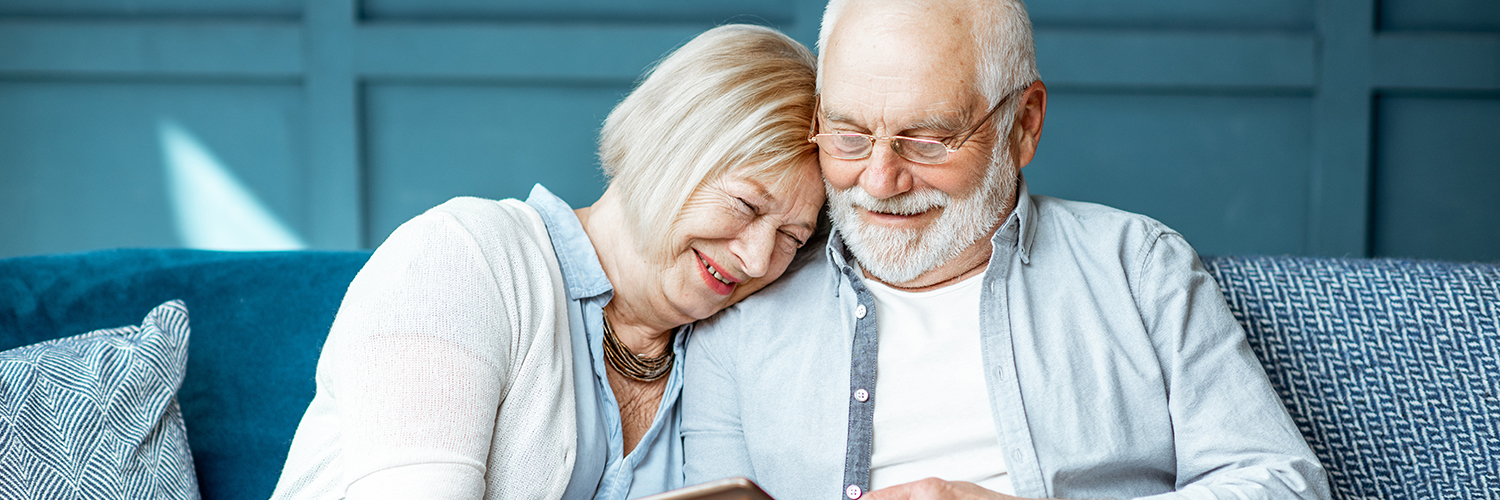ECHOCARDIOGRAM
What is a transthoracic echocardiogram?
A transthoracic echocardiogram (TTE) is a test that uses ultrasound (sound waves) to create images of your heart. It’s the most common type of echocardiogram (echo).
The test helps healthcare providers see your heart, its four chambers, the four heart valves and nearby blood vessels.
Why do I need a transthoracic echocardiogram?
Healthcare providers use TTE in many ways. The test can:
- Assess heart health before or after diagnosis and treatment.
- Identify the cause of certain symptoms.
- Screen for and diagnose possible medical conditions.
TTE can evaluate heart health by:
- Checking your heart valves.
- Determining how well your heart is pumping blood.
- Measuring blood pressure and how quickly blood is flowing through your heart.
- Measuring the size and shape of your heart’s chambers.
The test can identify causes of cardiac-related symptoms, such as:
- Chest pain.
- Edema (swelling).
- Heart murmur.
- Shortness of breath (dyspnea).
TTE is useful to screen for, diagnose or follow up on specific medical conditions, including:
- Aortic aneurysm or aortic dissection.
- Blood clots.
- Changes in electrocardiogram (ECG) results.
- Congenital heart conditions.
- Heart failure.
- Heart valve disease.
- Hypertrophic cardiomyopathy.
- Tumors (heart cancer).
What’s the difference between transthoracic echocardiogram and transesophageal echocardiogram?
There are two main types of echocardiogram: transthoracic echocardiogram (TTE) and transesophageal echocardiogram (TEE).
TTE is the most common type. It’s noninvasive (doesn’t insert anything into your body) or minimally invasive (involves a minor injection). TEE is invasive because a healthcare provider slides an endoscope down your esophagus.
TEE may be necessary after TTE if a healthcare provider needs clearer or more detailed images.
Who performs a transthoracic echocardiogram?
A primary care provider or cardiologist usually orders TTE. A sonographer (technician trained to use ultrasound technology) performs the test and sends the results to the doctor.
How does transthoracic echocardiography work?
Echocardiography uses ultrasound technology to send high-frequency sound waves through your body. The sound waves bounce off heart tissue and create “echoes.”
Computer technology uses those echoes to create images that represent what your heart looks like as it beats. An echo may also use Doppler ultrasound, which can show, measure and assess blood flow through your heart’s chambers and valves.
The test projects the moving images onto a screen so you and your healthcare provider can see them.
How do you prepare for a transthoracic echocardiogram?
You don’t have to do anything to prepare for TTE. You can eat, drink and take any medications before the test.
What can I expect before TTE?
Sometimes, before TTE, a healthcare provider will inject a contrast dye into your vein. It helps show blood flowing through your heart.
What can I expect during a transthoracic echocardiogram?
TTE takes about an hour. A sonographer or other healthcare provider will:
- Have you lie down on an exam table.
- Attach small patches called electrodes to different areas on your chest to record your heart rate and rhythm.
- Squirt a special gel onto your skin that helps transmit sound.
- Press a transducer (ultrasound wand) against your skin and move it around. A transducer looks like a microphone. It sends the sound waves and picks up the echoes.
- Ask you to hold still, change positions or breathe in certain ways to obtain different or better pictures.
Are you sedated for a TTE?
TTE is a noninvasive procedure, so your healthcare provider won’t sedate you.
What can I expect after a transthoracic echocardiogram?
Once the technician has all the necessary images, they’ll wipe off the gel and remove the electrodes. You should be able to go home right away and resume your normal activities, including driving yourself home.
What are the risks of a transthoracic echocardiogram?
There aren’t any risks associated with TTE. The test doesn’t use any radiation or electrical currents. Other than a brief pinch from an IV injection of contrast agent, the test shouldn’t cause any pain.
When should I know transthoracic echocardiogram results?
The technician who conducted the test will send a report to the healthcare provider who ordered the test. This process usually takes a day or two. Then, your healthcare provider will follow up with you to discuss the results, diagnosis, treatment plan or need for additional tests.
A transthoracic echocardiogram (TTE) is a test that uses ultrasound to create images of your heart’s structure and function. Your healthcare provider will explain why you need the test and what the results mean.
VISUAL AIDS
What is an Echocardiogram
Your kindness and good humour were very much appreciated and certainly put me at ease throughout the procedure, which on other ocassions has been quite daunting, your relaxed approach to my problem was very calm and professional.
Dr Ubaid works well with all the staff. His approach to his fellow workers is both patient and respectful. His easy going manner makes him very approachable to ask advice and he accommodates any delays graciously. I personally look forward to working with him.
In life we all need role models, if I was in training to be a doctor you would certainly fit that role for me. I thank you so much for what you have done to allow me to continue with my fitness regime and wish you well in the life ahead of you.
His presence radiates a warmth, he instils confidence in all those around him, he sets an example for others to follow and is a role model for others to aspire to be like. He was kind, courteous, professional, understanding, caring and highly approachable and relatable as well as the medical guru we all benefit from and rely on to give us our lives back.
A great team player, all of the nursing staff are very happy to work with Salahaddin as he is polite, efficient, and has a great aura of calmness and competence and appreciates the time to be light-hearted.
What I valued as much as his erudition was his people skills, he related to everyone as an individual, his understanding, communications, interactions and personable nature were exceptional. Dr Ubaid was quite simply staggering, he is somebody that has had a significant impact on me, not just for giving me my life back and for his medical genius but for being the person that he is.
In Dr Salahaddin Ubaid I had a medical genius who also contributed significantly to aiding me overcome all of the negative worries and emotions I was feeling. The care he provided to me, his attention to detail, his personal knowledge, expertise, experience and skills was outstanding.






